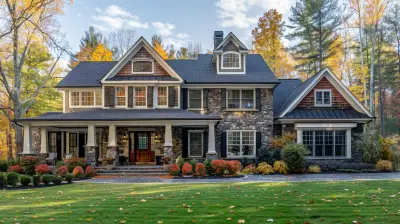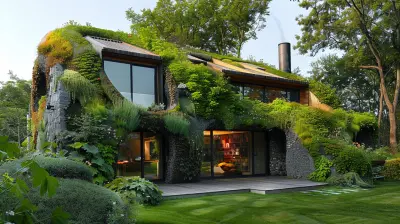The Evolution of Urban Real Estate Post-Gentrification
4 October 2025
Gentrification—it's a word that sparks debates, emotions, and often controversy. Some see it as urban renewal, a necessary evolution of cities. Others view it as displacement, pushing out long-time residents for wealthier newcomers. But what happens after gentrification? How does urban real estate continue to evolve once the dust settles?
The answer isn’t simple. Post-gentrification real estate markets undergo significant changes, often shifting in ways that surprise even the most experienced investors. From rising home values to shifting community dynamics, let’s examine how cities adapt once gentrification has reshaped their landscapes.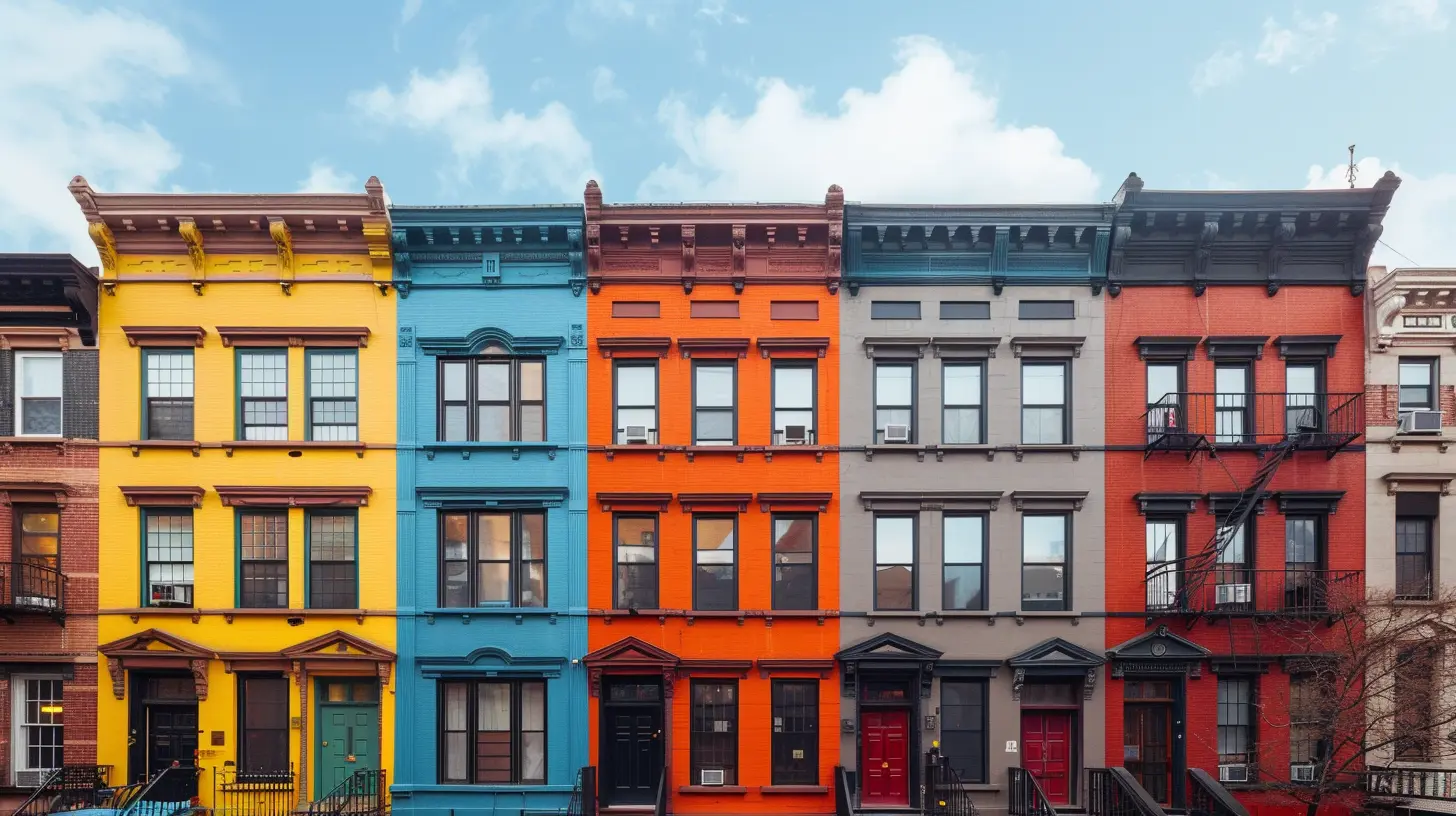
The Life Cycle of Gentrification
Before diving into post-gentrification real estate, let's take a quick look at the gentrification process itself. It usually happens in phases:1. The Undervalued Period – A neighborhood, often with a rich cultural history, is seen as undesirable. Property values remain low.
2. The Pioneer Phase – Artists, young professionals, and small-business owners move in, drawn by affordable prices and opportunity.
3. The Investment Wave – Developers and investors take notice, leading to new apartments, renovations, and rising property values.
4. The Peak of Gentrification – Wealthier residents and businesses flood the area, driving prices up and pushing out long-time residents.
Once an area is fully gentrified, the real estate market doesn’t stop evolving. Instead, it enters a new, often unpredictable phase: post-gentrification. 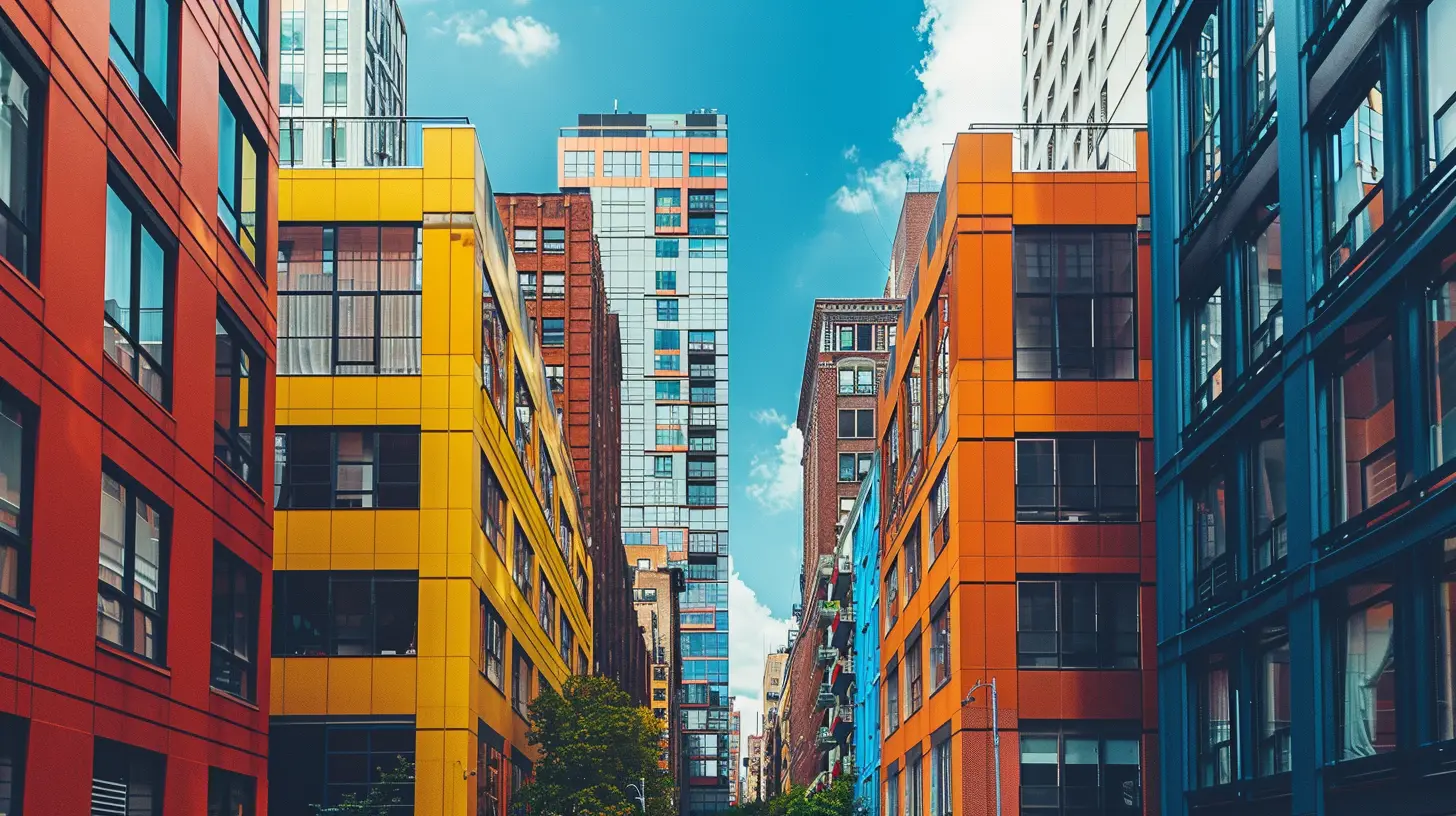
Post-Gentrification: Where Does the Market Go From Here?
So, what happens when the initial surge of gentrification settles? The neighborhood has already seen skyrocketing property values, increased commercial investments, and an influx of wealthier residents. But that’s rarely the end of the story.1. Stabilization of Property Values
Immediately after gentrification peaks, property values often experience a plateau. Investors who got in early made a fortune as prices climbed, but once affordability decreases and demand slows, home appreciation stabilizes.However, stabilization doesn’t mean stagnation. Real estate prices continue to rise, but at a much slower pace than during the explosive growth of gentrification. This period can be great for long-term investors who want to maintain assets with steady appreciation.
2. The Rise of the Luxury Market
Once a neighborhood has fully transformed, developers shift their focus from renovations to high-end luxury properties. Think sleek condominiums, boutique apartment buildings, and upscale retail spaces.Why? Because developers cater to the demographic that gentrification has brought in—higher-income professionals who demand modern amenities, convenience, and exclusivity. The result? Even higher property prices and a more polished urban landscape.
3. Increased Government and Community Involvement
During gentrification, local governments often take a hands-off approach. However, once a neighborhood has transitioned, municipalities step in with infrastructure upgrades, public transit improvements, and zoning changes.Public sentiment also plays a role. Activist groups and long-time residents often demand policies to retain affordability and limit displacement. This leads to rent control regulations, affordable housing initiatives, and community-oriented projects aimed at preserving local culture amidst the changes.
4. Commercial Real Estate Transitions
Gentrification doesn’t just impact housing—it also transforms the commercial real estate landscape. Post-gentrification, businesses adjust to new demographics.- Legacy businesses that survived the initial wave often face a decision: adapt or close.
- High-end restaurants, co-working spaces, and boutique shops replace older retail establishments.
- Corporate chains enter, increasing rent prices for small business owners.
This shift explains why neighborhoods that once had mom-and-pop stores start looking eerily similar to high-end shopping districts. Think artisanal coffee shops replacing local diners and brand-name fitness centers replacing old-school gyms.
5. The Potential for “Over-Gentrification”
Post-gentrification can sometimes swing too far in one direction, leading to what some call over-gentrification. This happens when luxury developments become so dominant that they erase a neighborhood’s original cultural identity, making it feel less authentic.Ironically, this can lead to the wealthy newcomers seeking “the next up-and-coming neighborhood,” triggering new waves of gentrification in other areas. Meanwhile, formerly gentrified areas stagnate—or even decline—as their appeal fades.
Case in point: Some parts of New York City and San Francisco have experienced softening real estate markets because they became too expensive, leading affluent buyers to look elsewhere. 
Investment Strategies for Post-Gentrification Markets
For real estate investors, navigating a post-gentrification market requires a different approach than jumping into a neighborhood that's mid-gentrification. Here’s what to keep in mind:1. Look for Long-Term Appreciation
The era of rapid property flips and quick gains may have passed, but steady appreciation is still possible. Investors should focus on properties with long-term value, such as mixed-use developments or well-located rental properties.2. Pay Attention to Future Infrastructure Projects
Even after gentrification, cities continue evolving. If a neighborhood is getting an upcoming transit hub, major office complex, or school expansion, property values could see another boost. Research zoning changes and city plans before making a move.3. Diversify Investment Types
Rather than solely focusing on residential properties, consider commercial spaces, multi-family buildings, or mixed-use developments. These types of properties tend to thrive in post-gentrification markets.4. Understand the Local Rental Market
Many post-gentrification neighborhoods see a surge in rental demand, but affordability concerns can limit rent increases. Research average rental prices and tenant demographics before investing in multi-family units.5. Engage with the Community
Sustainable investment means being part of the community rather than just profiting from it. Engage with local businesses, support community events, and align with neighborhood goals. This not only builds goodwill but can also lead to better long-term investment security.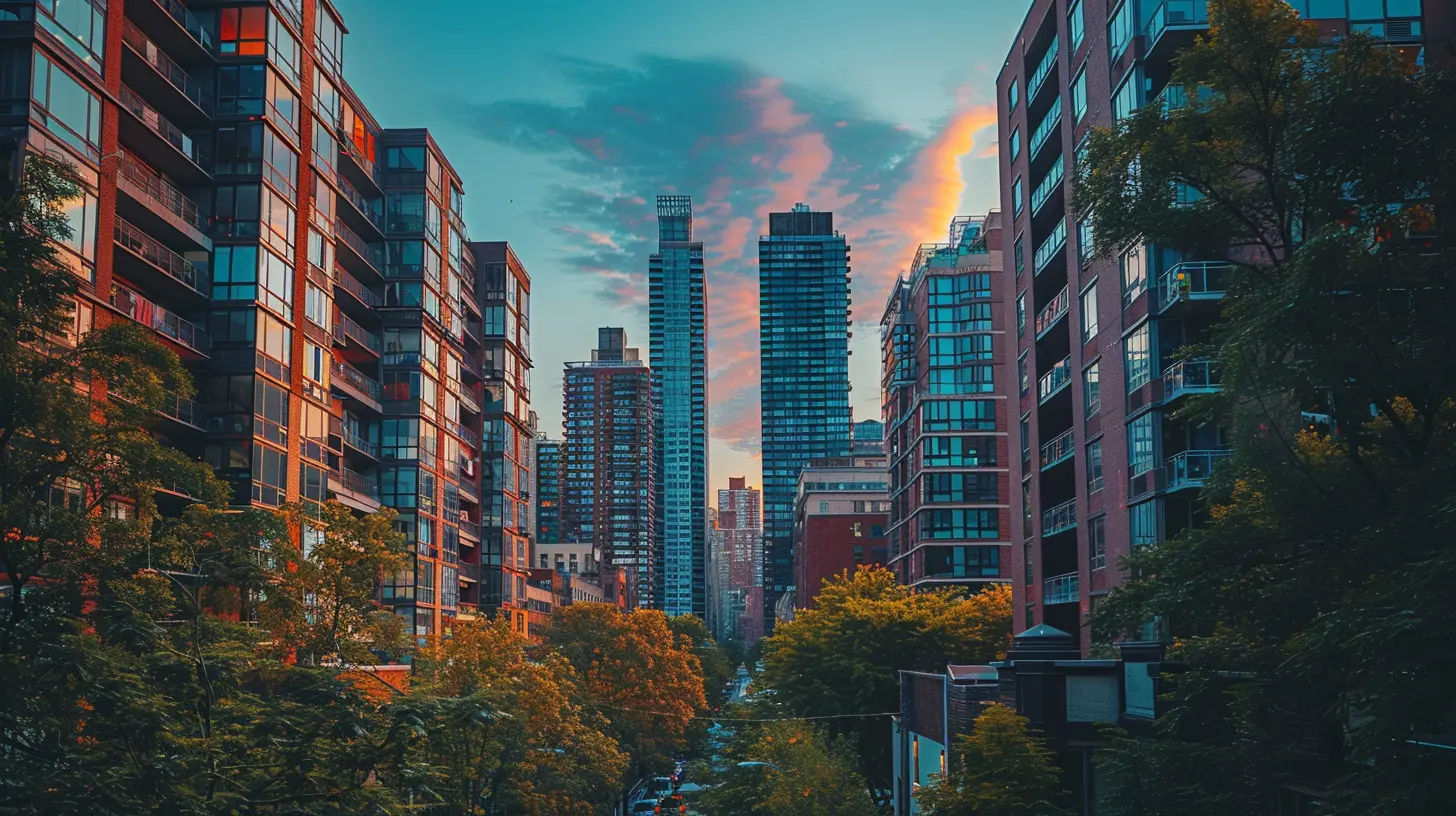
The Unpredictability of Post-Gentrification Markets
One of the biggest challenges in post-gentrification real estate is its unpredictability. While some neighborhoods continue to thrive, others experience gentrification fatigue, where increasing costs drive out even the newer residents.In some cases, post-gentrified areas evolve into exclusive enclaves, while in others, they struggle to maintain their vibrancy. The real estate market's reaction hinges on factors like job availability, economic shifts, and urban planning decisions.
At the end of the day, post-gentrification real estate is a landscape of both opportunities and challenges. For those willing to research, adapt, and invest smartly, there’s still plenty of potential in these evolving urban markets.
Final Thoughts
Gentrification doesn’t mark the end of a neighborhood’s transformation—it’s only the beginning of a new phase. Post-gentrification real estate presents both challenges and opportunities for homeowners, investors, and city planners alike.Whether you're an investor looking for the next big opportunity or a resident wanting to understand how your neighborhood is changing, staying informed about post-gentrification trends is crucial. The only constant in urban real estate? Change.
So, what’s next for your city? That’s the million-dollar question.
all images in this post were generated using AI tools
Category:
Urban LivingAuthor:

Lydia Hodge
Discussion
rate this article
1 comments
Quentin Sharp
Fascinating insights on urban real estate! How do you see community dynamics shifting post-gentrification, and what implications might this have for future developments?
October 7, 2025 at 2:44 AM

Lydia Hodge
Thank you! Post-gentrification, community dynamics often shift towards increased diversity but can also lead to tensions between long-time residents and newcomers. Future developments should prioritize inclusive planning and affordable housing to foster cohesion and mitigate displacement.

